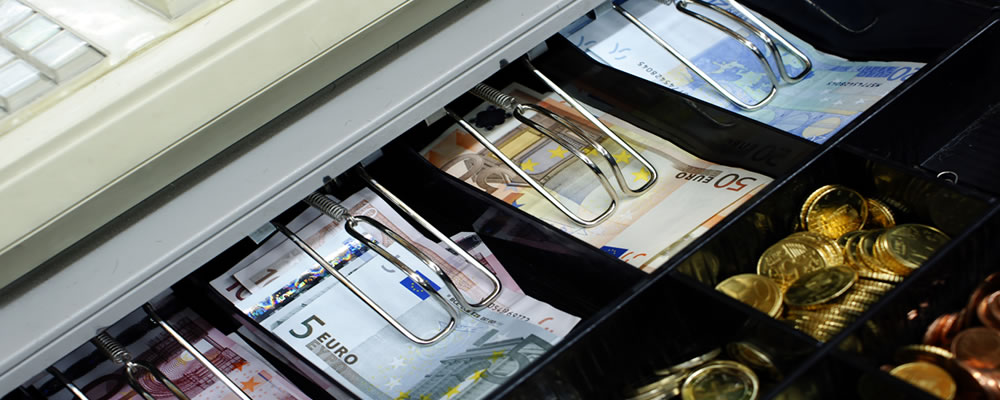Euro Pound Exchange Rate Rises on Promising EU Data
The Euro Pound (EUR/GBP) exchange rate is trending up today as the Euro (EUR) attracts support on a higher-than-expected EU inflation rate. Meanwhile, the Pound (GBP) succumbs to downside on external factors as well as a fall in June’s manufacturing activity.
At the time of writing, EUR/GBP is trading at £0.8666, up 0.6% from today’s opening levels.
Euro (EUR) Strengthens as Inflation Supports Hawkish ECB
The Euro is firming against the majority of its peers this morning, as June’s flash inflation data for the overall Euro area hit 8.6%, rather than the 8.4% expected.
This brings Euro area inflation close to the UK’s CPI, which reached 9.1% in May. To EUR investors, this is positive news as it encourages the European Central Bank (ECB) to proceed with more aggressive monetary policy tightening measures.
At the Sintra Forum, which concluded earlier this week, ECB President Christine Lagarde said she felt the Eurozone was unlikely to go back to an environment of low inflation any time soon but confirmed that the central bank would ‘go as far as necessary’ to ensure that it stabilises in the medium-term.
Traders will be holding onto her comments in the weeks ahead as price pressures bite and the ECB prepares for its first rate hike in 11 years.
Addressing concerns that back-to-back interest rate increases could trigger a recession amidst a weakening EU economy, Lagarde said:
‘We are still expecting positive growth rates due to the domestic buffers against the loss of growth momentum.’
Also lending support to the single currency is finalised manufacturing data for the Euro area. Manufacturing activity fell in the bloc in June, as suspected, but by less than initially thought – furthermore, the final result remains above the threshold that separates expansion from contraction.
Pound (GBP) Weakens on Poor Manufacturing Data, Risk-Off Headwinds
The Pound is subdued against its peers at the time of writing, as risk-off sentiment and weaker-than-expected manufacturing data weigh upon the currency.
The UK’s finalised manufacturing PMI revealed that output growth ground to a near-standstill pace in June as new orders contracted for the first time in 17 months: manufacturing activity was worse than predicted according to initial estimates from S&P Global/CIPS.
Furthermore, business optimism dipped to its lowest since May 2020 as the number of firms expecting production to rise over the coming year fell to 47% from 55% in May 2022.
Rob Dobson, Director at S&P Global Market Intelligence, commented on the data:
‘The consumer goods sector was especially hard hit, as household demand suffered a steep retrenchment on the back of the cost-of-living crisis.
It is likely that UK manufacturing will see the economic backdrop darken further in the second half of the year.’
Elsewhere, consumer credit data also missed expectations, falling below the pre-pandemic average. This could suggest that UK consumers are borrowing and spending less as real incomes combined with inflationary pressures exacerbate Britain’s cost-of-living squeeze.
Euro Pound Exchange Rate Forecast: Euro to Weaken on German Trade Data?
Looking ahead, Germany’s trade surplus is expected to have narrowed once more in May 2022 as import costs continue to grow with rising energy prices and other inflationary pressures.
If the data prints as expected, the Euro may experience headwinds – although these could be tempered by improved risk sentiment or hawkish ECB rhetoric.
Meanwhile, GBP downside may drive the Euro Pound exchange rate higher still. Today’s headlines dwell upon Brexit trade frictions as well as UK manufacturing woes, sapping Sterling appeal as the weekly session draws to a close.



